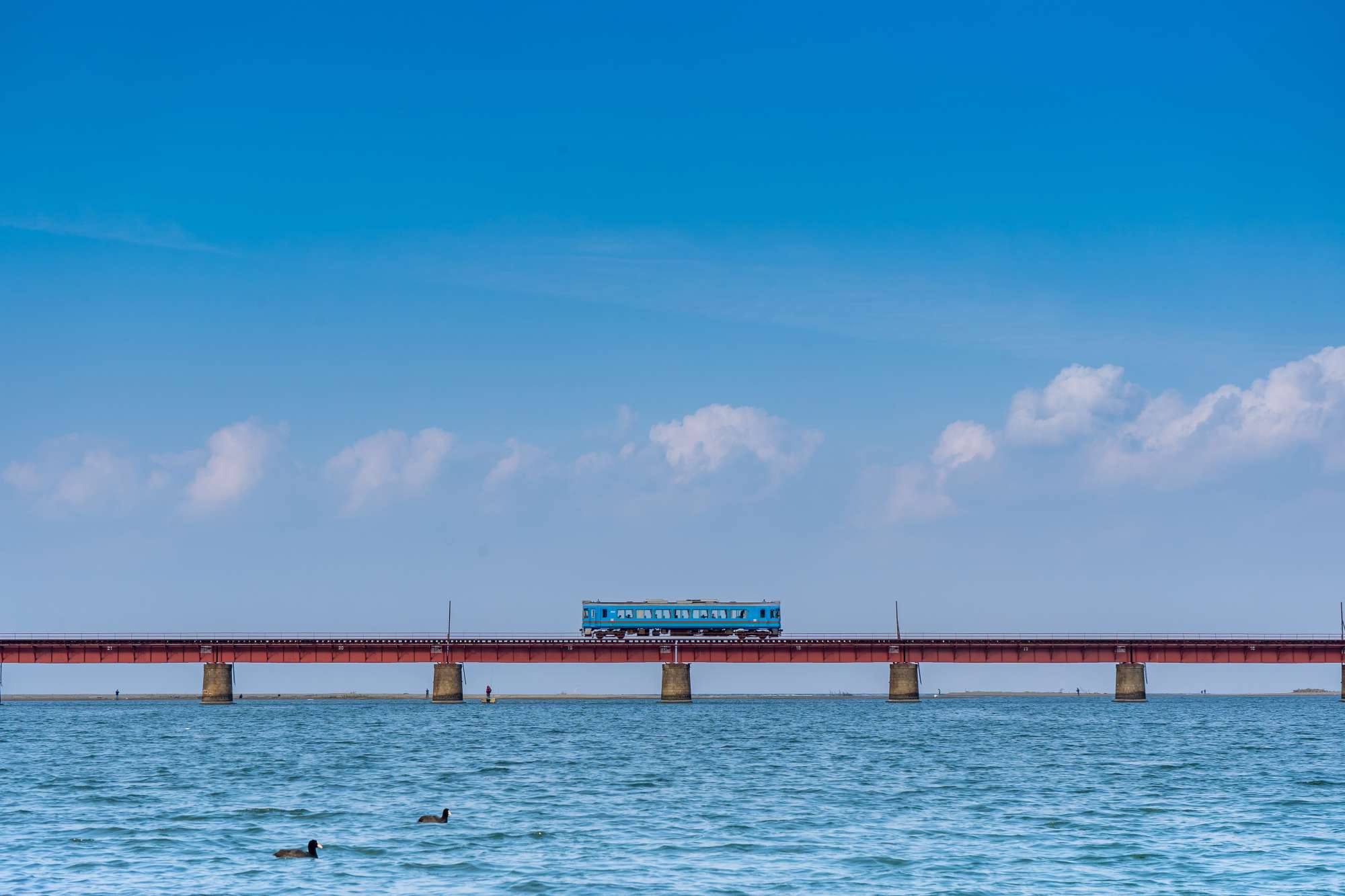
A Japan Rail Pass or a JR regional rail pass?
Japan has always been a popular destination so it’s not really surprising that the number of people going there is already surpassing pre-Covid levels.
The vast majority of tourists travel round by train – making use of the amazing rail network with the star attraction, of course, being the bullet train (shinkansen). It is amazing that this year is the 60th anniversary of the first shinkansen line.
The other thing most travellers do is buy a Japan Rail Pass as, until October last year, that provided incredible value and flexibility. While the pass still offers flexibility and you are able to travel on most shinkansen services as well as all the other JR lines as much as you want, there has been a big change in its pricing, with a 60-70% increase. So it now seems most advantageous to invest in a Japan Rail Pass if you are going to travel on the shinkansen a lot – for example choosing places such as Tokyo, Kyoto/Osaka, Okayama or Nagano as a base and then doing day trips – or going on long journeys such as south to Kyushu and/or north to Hokkaido. If you can be in Japan for three weeks the 21-day Japan Rail Pass (¥100,000) would probably be worth getting but for the 7-day or 14-day passes, you may want to explore your rail pass options first unless you are a real train fan.
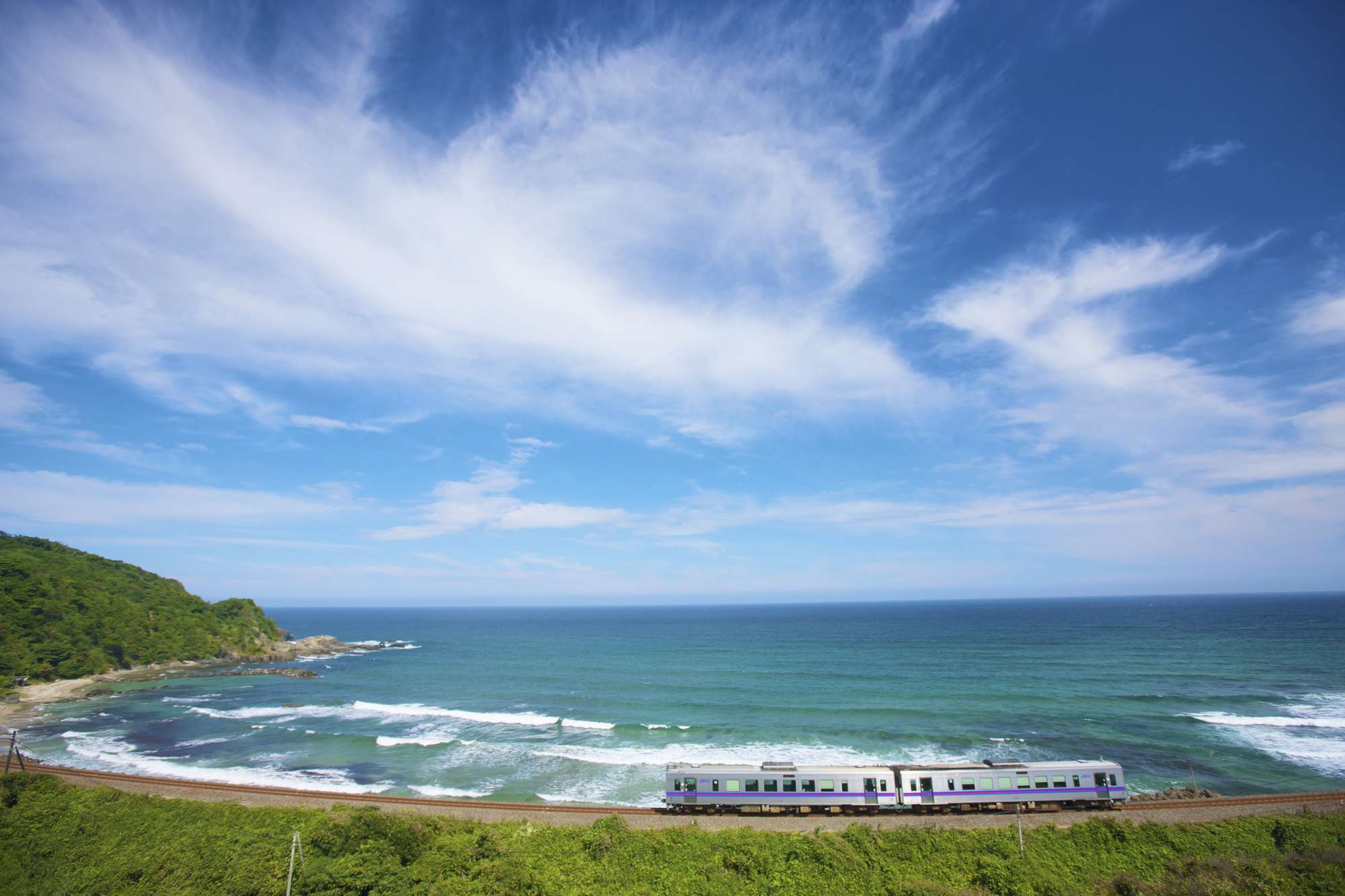
The various JR companies offer several regional rail passes and these provide a great alternative for a 14-day trip. There is no regional pass for the whole main island, Honshu, but JR East and JR West offer passes for their regions; JR Central doesn’t have passes as such but it offers special tickets which provide discounts. However, the JR companies operating on the smaller islands – Kyushu, Hokkaido and Shikoku – all offer passes: a 7-day JR Kyushu/JR Shikoku pass costs ¥25,000/20,000 and a 10-day JR Hokkaido pass costs ¥23,100 (shorter options are also available). Two or more of these regional passes combined would provide much better value than a Japan Rail Pass though of course would mean you can only travel in the defined area(s).
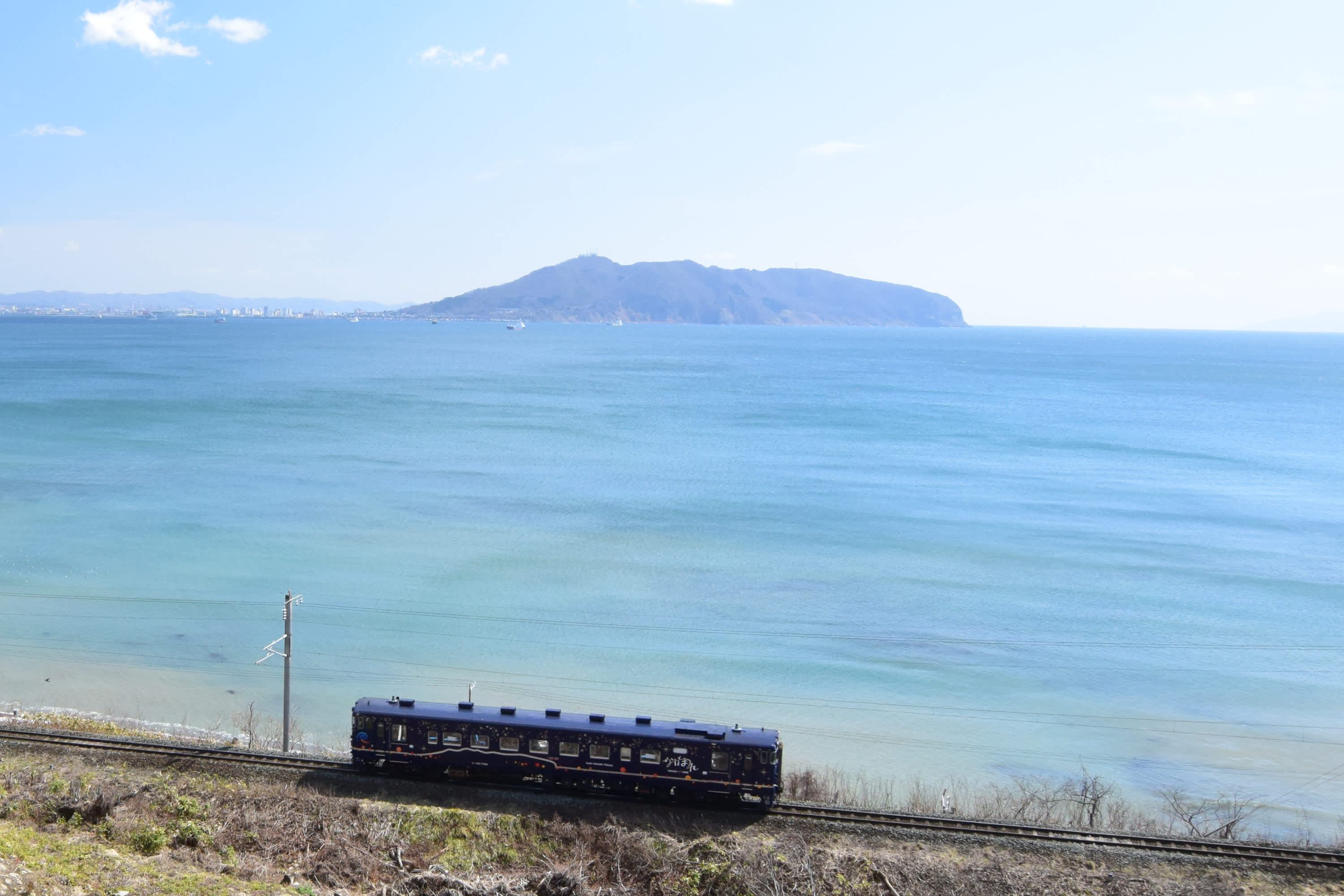
JR East and JR West’s Hokuriku Arch Pass covers travel on what is called the ‘New Golden Route’. The pass costs ¥30,000 and is valid for seven days; it enables you to travel between Tokyo and Osaka/Kyoto via Nagano (snow monkeys) and Kanazawa (Kenrokuen garden and much more). Whilst in Kanazawa to get value from your pass consider a day trip to Inami, a wood-carving town, or Gokayama, known for its gassho-zukuri houses which are thatched and have steep roofs. From Kanazawa make use of the new Hokuriku shinkansen extension and have an onsen experience in either Kaga Onsen or Awara Onsen or go to Fukui where the highlights are Eihei-ji, an ancient Zen temple in a wonderful setting, and Fukui Prefectural Dinosaur Museum, one of the best in Asia.
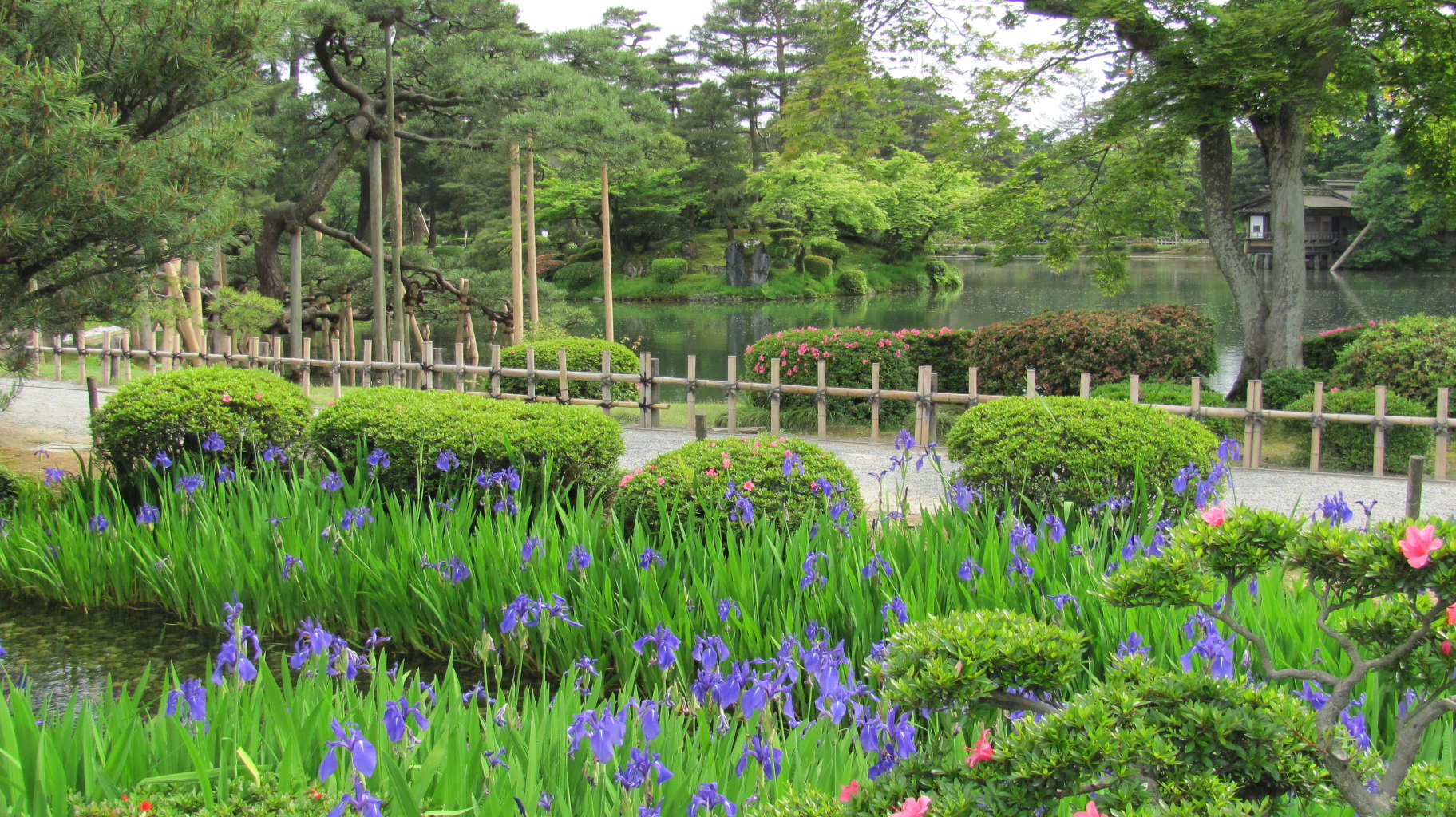
Then continue to either Kyoto or Osaka – with a 3-day Kansai Area Pass (¥5800; JR services only) or Kansai Thru Pass (¥5400; private lines only) you could choose one as a base and travel freely between the cities. If you are flying out of Tokyo you will need to return there; see suggested itinerary below.
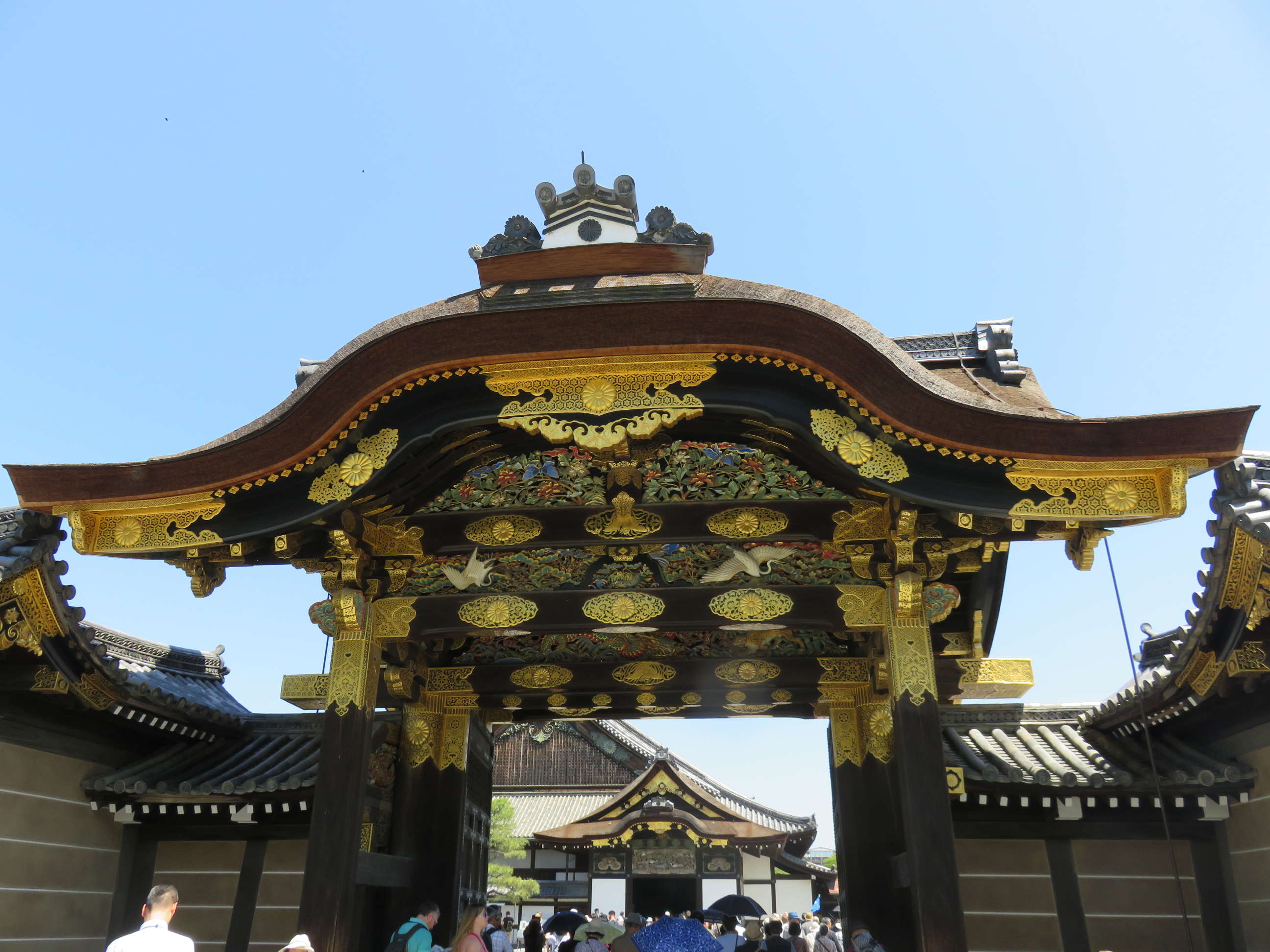
The 7-day JR West All Area Pass (¥26,000) would also be worth thinking about especially if you are flying into and out of Kansai International Airport (Osaka). This includes unlimited travel to Hiroshima and also up to Kanazawa as well as on JR services in and around Osaka or Kyoto.
Shinkansen are great for speeding you from A to B but they aren’t good for looking out of the window for long as you are travelling too fast and are often in tunnels. Ordinary rail lines cover the same routes as the shinkansen lines, though in some cases are operated by private rail companies, so it would also be worth planning a trip just using these. The bonus is that you will be able to see more of Japan and the passing countryside and you will save a lot of money. Using local trains will also make it easier to get off the beaten track and you never know what you might discover in this wonderful country.
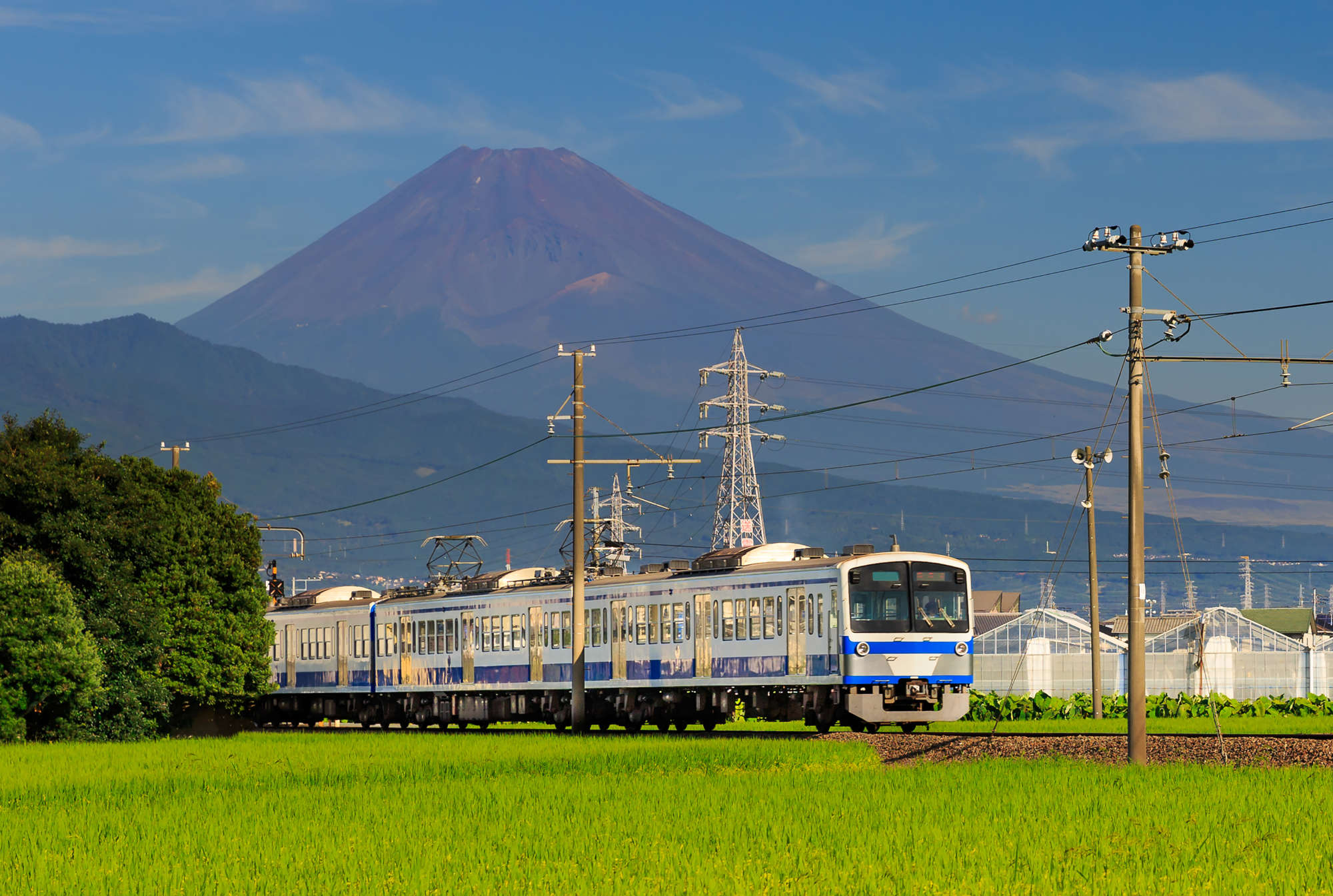
14-day suggested itinerary with a 7-day Hokuriku Arch Pass:
- Days 1-3 Tokyo
- Day 3 Tokyo to Nagano (start Hokuriku Arch Pass)
- Day 4 Nagano
- Day 5 Nagano to Kanazawa
- Days 6-7 Kanazawa
- Day 8 Kanazawa to Kaga Onsen, Awara Onsen or Fukui
- Day 9 Kaga Onsen, Awara Onsen or Fukui
- Day 10 Kaga Onsen, Awara Onsen or Fukui to Kyoto/Osaka (end Hokuriku Arch Pass)
- Days 11-13 Kyoto/Osaka (Kyoto/Osaka area – 3-day Kansai Thru Pass or Kansai Area Pass)
- Day 14 Return to Tokyo
Main travel costs*
Hokuriku Arch Pass ¥30,000
Kansai Thru Pass (3-day) ¥ 5,400 (or Kansai Area Pass ¥5800)
Shin-Osaka to Tokyo (shinkansen) ¥14,920 inc reserved seat, less with a non-reserved seat
TOTAL ¥50,320
*Additional travel costs are getting from and to the airport as well as around Tokyo. However, including those would still come nowhere near the cost of a 14-day Japan Rail Pass which is ¥80,000 now.
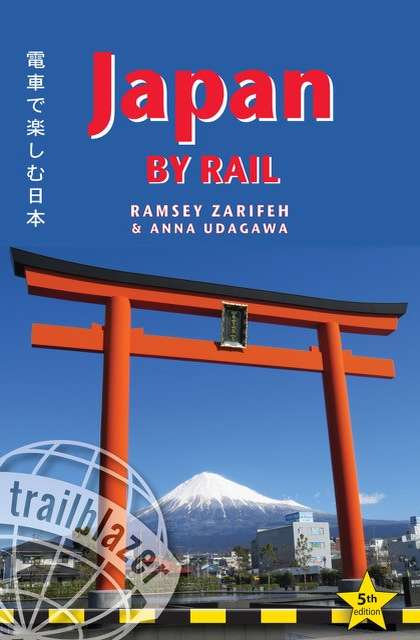
Anna Udagawa, Co-author, Japan by Rail
After graduating and working at the BBC in London Anna Udagawa set off travelling and went to Japan to visit a friend. She was so inspired by the country she decided to work there as an English-language teacher. She met her future husband in Japan but after marrying they settled in Britain. However, they return to Japan as much as possible and she was delighted when the chance to co-author Japan by Rail arose as that meant even more trips to Japan.

















































